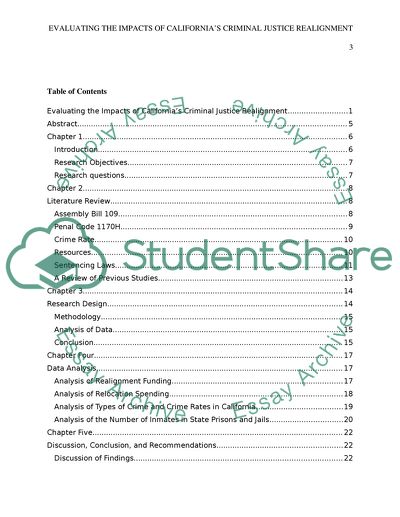Cite this document
(“Evaluating the Impacts of Californias Criminal Justice Realignment Thesis”, n.d.)
Evaluating the Impacts of Californias Criminal Justice Realignment Thesis. Retrieved from https://studentshare.org/law/1660234-evaluating-the-impacts-of-californias-criminal-justice-realignment
Evaluating the Impacts of Californias Criminal Justice Realignment Thesis. Retrieved from https://studentshare.org/law/1660234-evaluating-the-impacts-of-californias-criminal-justice-realignment
(Evaluating the Impacts of Californias Criminal Justice Realignment Thesis)
Evaluating the Impacts of Californias Criminal Justice Realignment Thesis. https://studentshare.org/law/1660234-evaluating-the-impacts-of-californias-criminal-justice-realignment.
Evaluating the Impacts of Californias Criminal Justice Realignment Thesis. https://studentshare.org/law/1660234-evaluating-the-impacts-of-californias-criminal-justice-realignment.
“Evaluating the Impacts of Californias Criminal Justice Realignment Thesis”, n.d. https://studentshare.org/law/1660234-evaluating-the-impacts-of-californias-criminal-justice-realignment.


